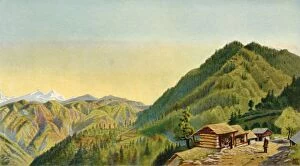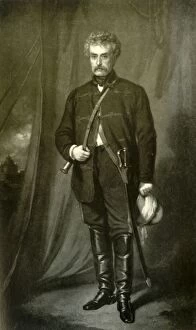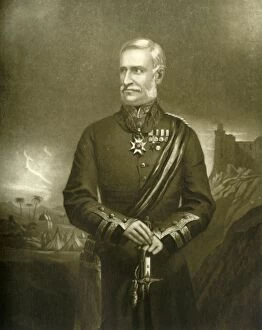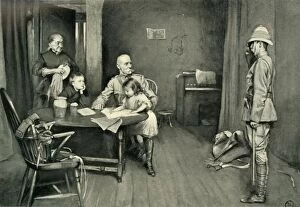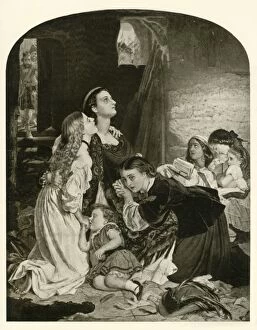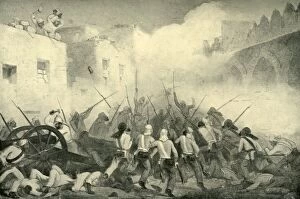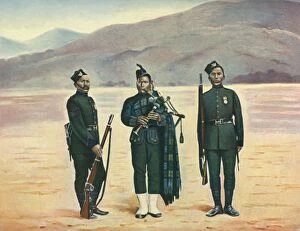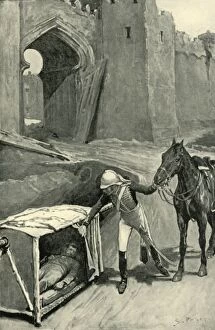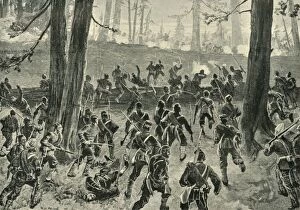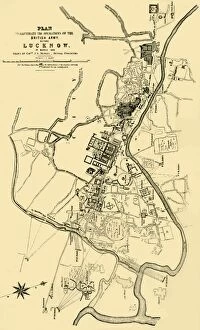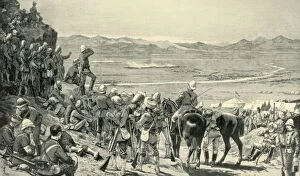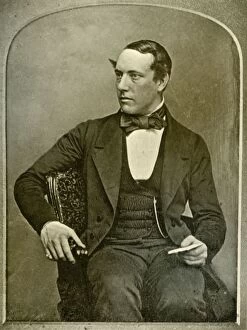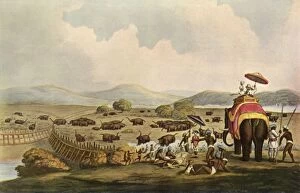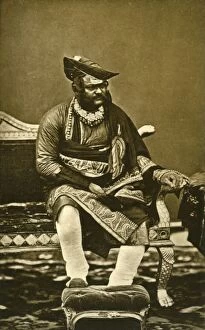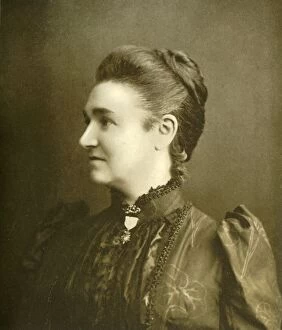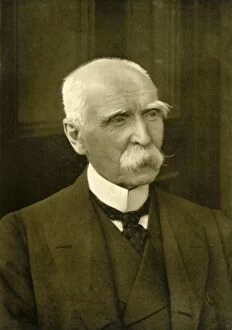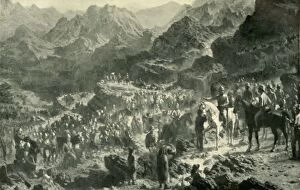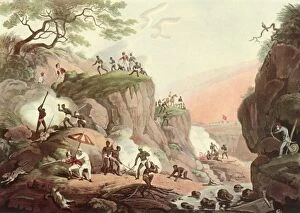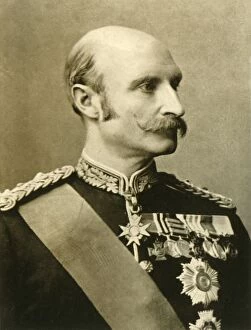Frederick Roberts Collection (#3)
Frederick Roberts: A Legendary Commander and Adventurer Step into the world of Frederick Roberts, a name synonymous with bravery, leadership, and military prowess
All Professionally Made to Order for Quick Shipping
Frederick Roberts: A Legendary Commander and Adventurer Step into the world of Frederick Roberts, a name synonymous with bravery, leadership, and military prowess. Born in Cawnpore in the 1820s, this remarkable man would go on to leave an indelible mark on history. From an early age, it was clear that Roberts possessed a natural talent for strategy and warfare. As depicted in "Sketch of the Battle of Cawnpore" from 1857, his skills were put to the test during one of India's most tumultuous periods. The lithograph captures the intensity and chaos of battle as Roberts led his troops fearlessly against all odds. Roberts' reputation only grew stronger over time. In "The Sandhurst Outbreaks, " we witness Lord Roberts making an official visit to the prestigious college where he once honed his military skills. His presence commands respect as he inspects cadets who aspire to follow in his footsteps. However, it was during the South African War that Lord Roberts truly solidified his place among history's great commanders. "Campaigning in the Free State" showcases him embarking on a reconnaissance mission alongside his trusted staff at Smaldeel headquarters. With determination etched across their faces, they set out to conquer new territories and secure victory for their cause. But Lord Roberts wasn't just known for his military exploits; he also had a deep connection with England. As seen in "The Return of Lord Roberts, " we witness him arriving triumphantly back home after years spent abroad defending British interests around the globe. The lithograph captures London's jubilant atmosphere as crowds gather to welcome their hero with open arms. Lord Robert's legacy extends far beyond mere battles won or lost; it lies within every soldier whose life he touched throughout history. Whether it be through inspiring visits like "Roberts in Mutiny" or leading by example at pivotal moments like "Mafeking.

